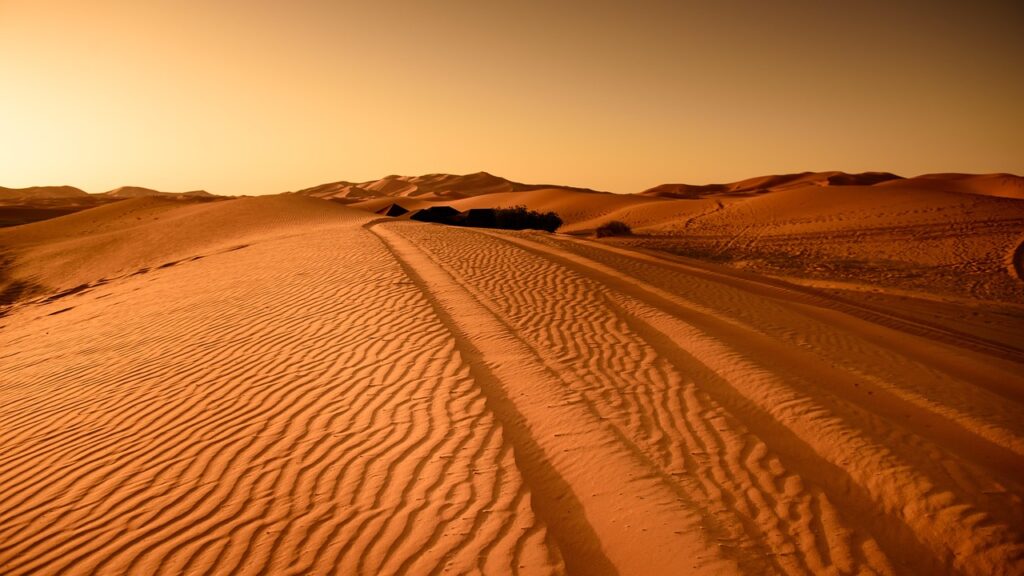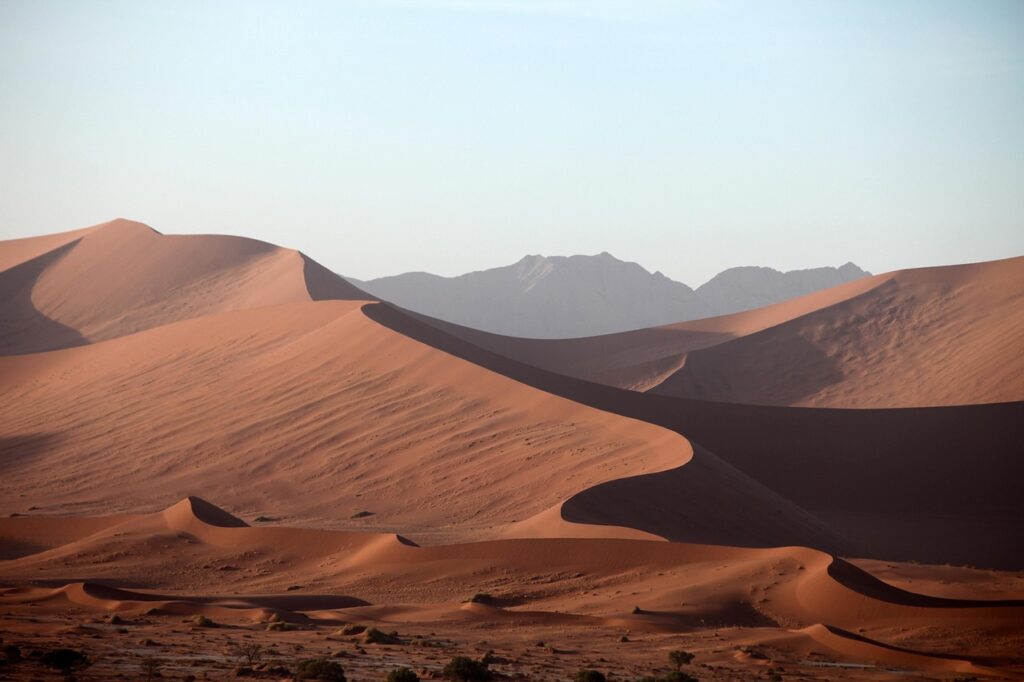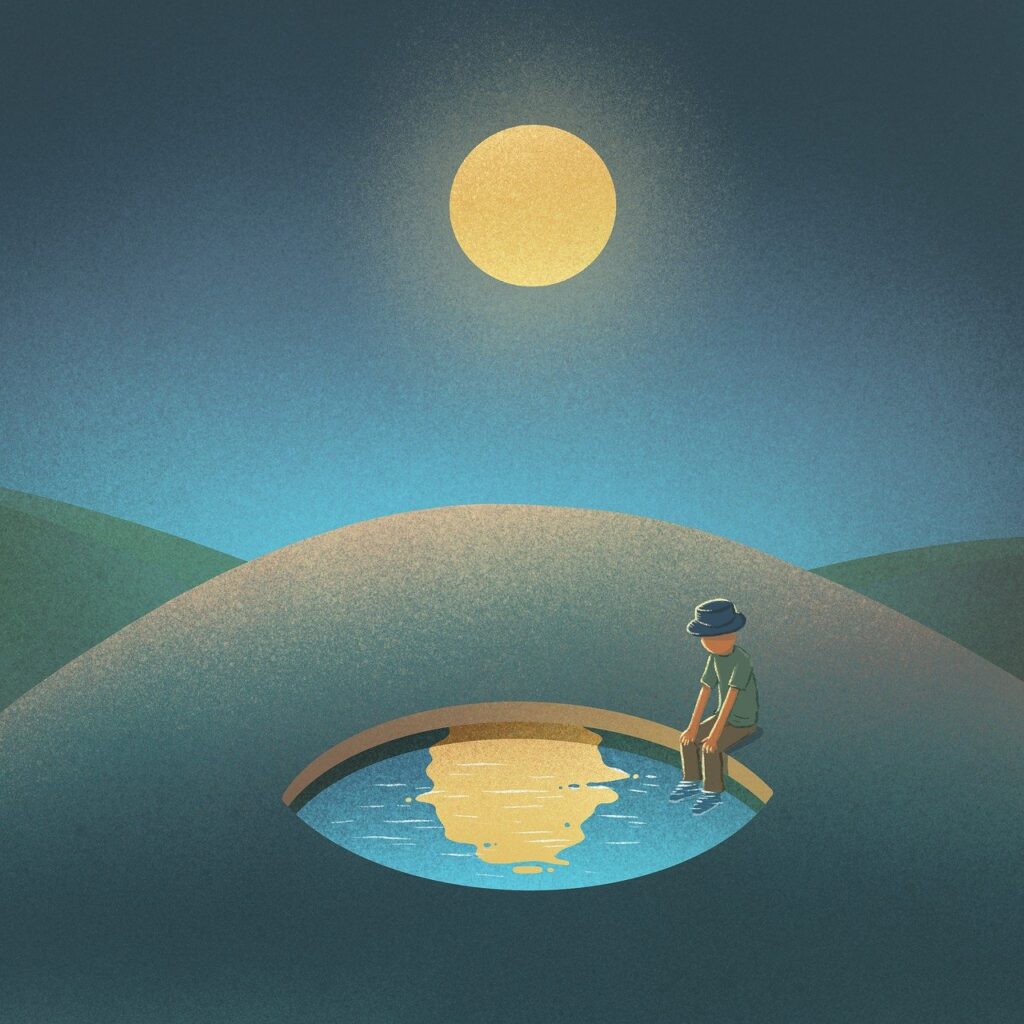
The Sahara Desert, with its vast, shimmering expanses and searing temperatures, stands today as one of Earth’s most formidable and seemingly uninhabitable environments. It is a landscape that conjures images of endless dunes and relentless sun, a place where survival seems an almost impossible feat for any large-scale human settlement. Yet, concealed beneath its arid surface and the shifting sands lies the remarkable story of a civilization that not only survived but flourished for centuries against all odds, defying the very definition of desert living.
This is the compelling narrative of the Garamantian Empire, a sophisticated society that carved out a vibrant existence in what is now southwestern Libya. Their tale is one of extraordinary ingenuity, adaptability, and a profound connection to a hidden natural resource. It’s a story unearthed by modern research, combining meticulous archaeological findings with insightful hydrological analyses, that challenges our perceptions of ancient desert life and offers a poignant warning for our contemporary world.
For nearly a millennium, the Garamantes navigated a climate strikingly similar to the hyper-arid conditions we see today, tapping into a secret reservoir beneath the earth. Their perseverance and brilliance allowed them to build towns and sustain a thriving culture in a land that offered no continuously flowing rivers or regular monsoon rains. Join us as we delve into the initial chapters of their astonishing saga, exploring the environment they conquered and the groundbreaking methods they employed to unlock the Sahara’s hidden bounty.
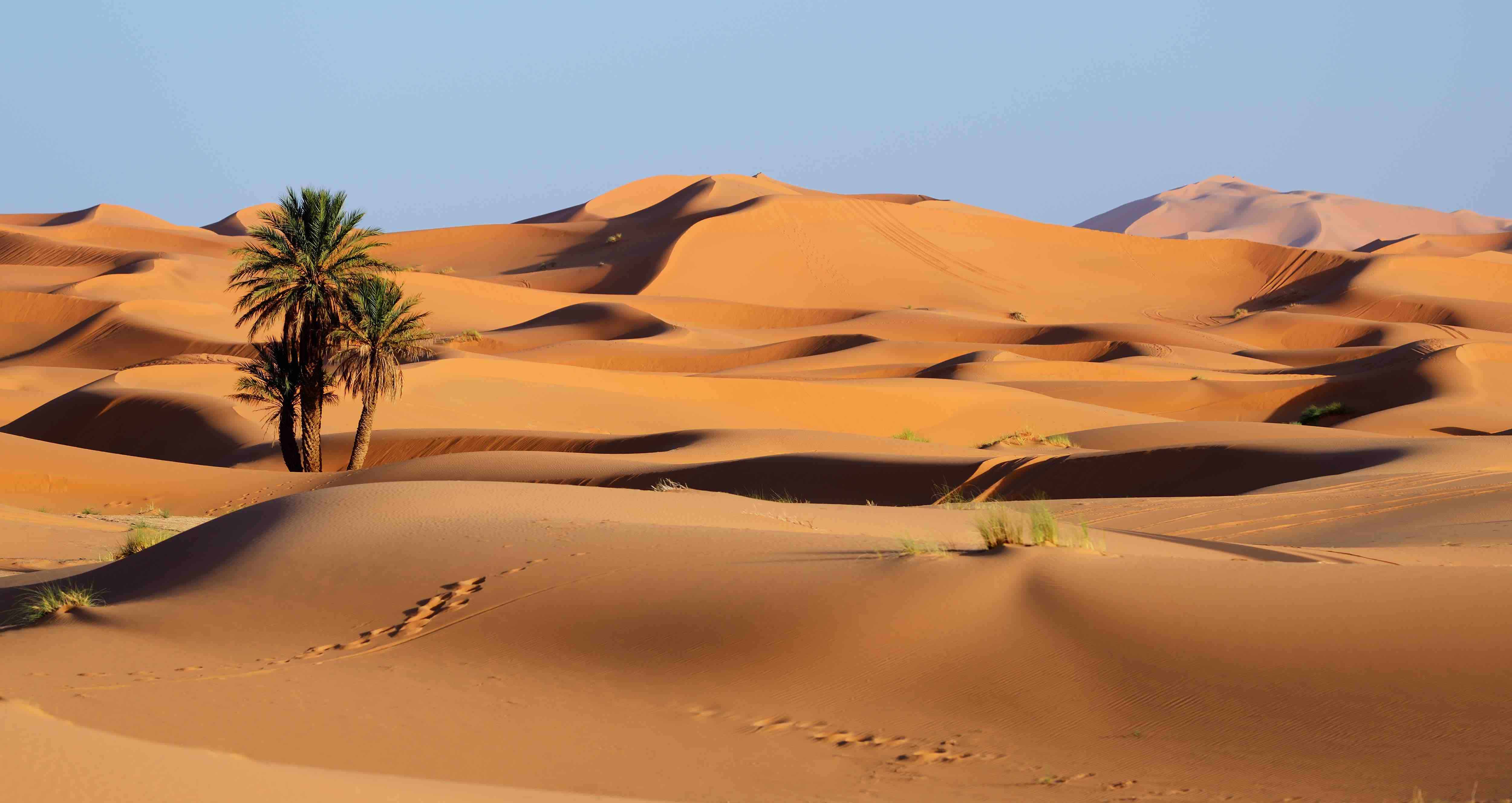
1. **The Sahara’s Deceptive Past: From Lush Lands to Arid Desert**To truly grasp the Garamantian achievement, one must first understand the dramatic environmental transformation of the Sahara. Today, this immense desert stretches across North Africa, a formidable barrier of sand and rock where life clings precariously to sparse oases. Its harshness is legendary, marked by extreme aridity and soaring temperatures that make it one of the most challenging places on the planet for human habitation.
However, the Sahara was not always such an unforgiving expanse. Between 11,000 and 5,000 years ago, a very different landscape dominated this region. Monsoon rains, far more prevalent than today, transformed the Sahara into a comparatively lush environment. This period, often referred to as the “Green Sahara,” was characterized by a savanna-like ecosystem, complete with surface water resources, fertile grasslands, and abundant wildlife. It was a time when various civilizations could readily thrive, utilizing the generous waterholes and pastoral landscapes.
This verdant era, rich with lakes and rivers, provided a stark contrast to the desert conditions that would eventually return. Around 5,000 years ago, the monsoon rains receded, marking a pivotal shift in the region’s climate. The once-lush Sahara gradually reverted to the arid desert we recognize today, prompting most civilizations to retreat from its increasingly barren embrace. This dramatic environmental reversal sets the stage for the Garamantes, an unusual outlier who chose to face the desert’s renewed challenge head-on.
2. **The Garamantes: An Unusual Outlier**Amidst the widespread retreat from the Sahara as it transitioned back into its desert state, one civilization stood apart: the Garamantes. They were an extraordinary anomaly, defying the pattern of civilizations withdrawing from the now-arid region. Their story begins roughly 2,400 years ago, with their presence recorded in the southwestern Libyan desert from 400 BCE to 400 CE. This remarkable timeframe places their existence squarely within nearly the same hyper-arid conditions that define the Sahara today.
The Garamantes hold a unique and significant place in human history as the first urbanized society known to establish itself in a desert landscape that conspicuously lacked a continuously flowing river. Unlike other great ancient civilizations that blossomed along the banks of mighty rivers like the Nile or the Tigris and Euphrates, the Garamantes found no such obvious lifeline. The surface water lakes and rivers that characterized the “Green Sahara” era were long gone by the time this ingenious people arrived and began to forge their society.
Their ability to not only survive but to thrive and urbanize in such an environment makes their empire a subject of profound fascination. They were not merely nomads passing through; they built cities and sustained large settlements, demonstrating an unparalleled mastery over a seemingly hostile land. This steadfast persistence in the face of environmental adversity highlights their exceptional resourcefulness and commitment to their chosen home, setting them apart as truly remarkable pioneers of desert civilization.
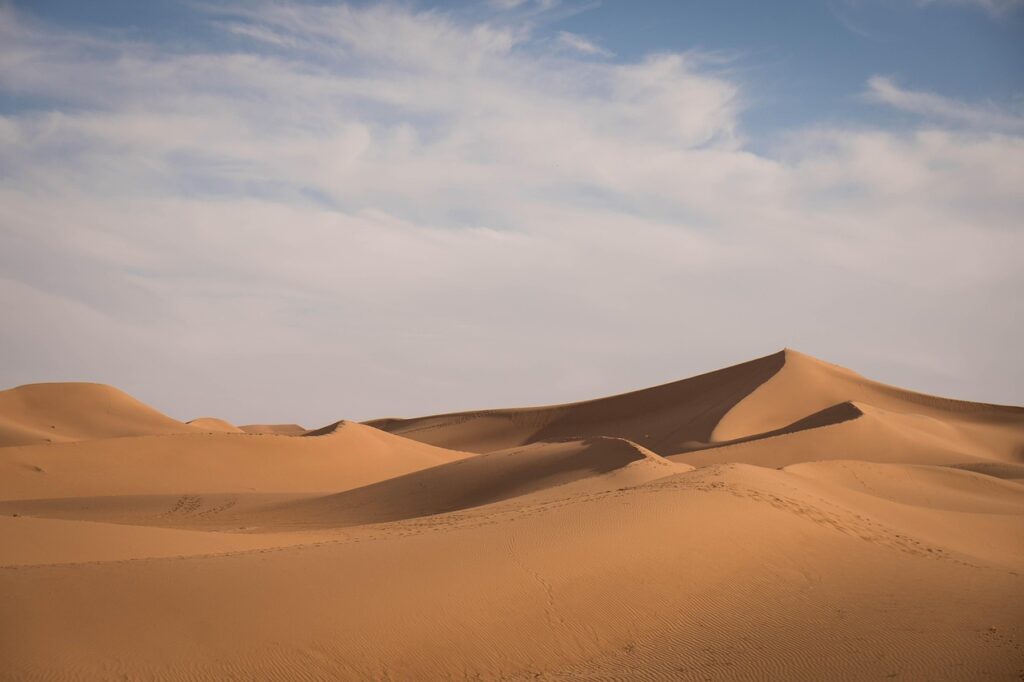
3. **Harnessing the Underground Sea: The Role of the Vast Sandstone Aquifer**The key to the Garamantes’ extraordinary survival and success lay not in surface waters, which were absent, but in a hidden reservoir far beneath the desert floor. Fortunately for them, a massive volume of water was stored underground in a colossal sandstone aquifer. This ancient, subterranean sea became the lifeblood of their civilization, a resource from wetter times gone by, silently preserved within the geological architecture of the Sahara.
Professor Frank Schwartz of Ohio State University, a leading author in the research on the Garamantes, has highlighted the immense scale of this hidden resource. According to Schwartz, this aquifer is potentially “one of the largest aquifers in the world” when fully charged. This staggering quantity of ancient water provided a crucial buffer, a lifeline that allowed the Garamantes to bypass the immediate scarcity of surface water that plagued their hyper-arid environment. It was a geological blessing, a legacy from a time when the Sahara was a very different place.
This vital water source enabled the Garamantes to support entire towns and extensive settlements in a region that would otherwise have been uninhabitable. It provided the necessary foundation for a diverse society comprising farmers, cattle herders, skilled engineers, and vibrant merchants. The sheer presence and accessibility of this underground aquifer transformed what should have been a desolate wasteland into a ‘paradise,’ offering both sustenance and a buffer from potential invaders through the surrounding deserts.
4. **Ingenious Water Harvesting: Foggara/Qanat Technology**With the vast underground aquifer identified as their essential water source, the next challenge for the Garamantes was to devise a method for consistently extracting this precious liquid. Their solution was a testament to ingenious engineering and cross-cultural exchange. They acquired the technology for harvesting groundwater using what are known as foggara or qanats, a sophisticated system introduced to them via camel trade routes from Persia.
This remarkable method involved a deceptively simple yet profoundly effective design. It required “digging a slightly inclined tunnel into a hillside, to just below the water table.” Once the tunnel reached the aquifer, groundwater would naturally flow down its gentle slope, guided by gravity, and emerge into an intricate network of irrigation systems. These systems then channeled the life-giving water to their fields and settlements, transforming barren desert valleys into fertile agricultural lands.
Professor Schwartz suggests that the Garamantes may have borrowed this idea from Persia, where similar irrigation systems had been in use for over a thousand years. This adoption of proven technology, adapted to their specific environmental context, underscores their practical intelligence and openness to innovation. The foggara system was not just a means to an end; it was the very engine of their civilization, enabling them to cultivate crops and sustain their population in an otherwise parched land.
5. **A Stroke of Environmental Luck: Unique Hydrogeologic Conditions**Despite the brilliance of adopting the qanat technology, Professor Frank Schwartz points out a critical nuance that highlights the Garamantes’ incredible environmental fortune. He notes that “their qanats shouldn’t have actually worked” in the same way their Persian counterparts did. The crucial difference lay in the recharge mechanism: qanats in Persia relied on annual water recharge from snowmelt, a phenomenon entirely absent in the hyper-arid Sahara.
The Garamantes, however, were beneficiaries of a significant streak of environmental luck, an extraordinary confluence of geological and climatic factors. The earlier wetter climate of the Sahara had filled the immense sandstone aquifer, and while surface water was gone, this ancient store remained. Crucially, the local topography and unique groundwater settings produced ideal hydrogeologic conditions that made groundwater available with foggara technology in this specific location, even without ongoing annual recharge.
Schwartz’s research integrates prior archaeological findings with hydrologic analyses to explain this serendipity. The aquifer in this part of the Sahara had a particular flow system that naturally moved water from deep below ground to the base of certain hills. It was precisely at these locations, where the floor of the valley sat below the top of the groundwater in the hills, that the Garamantes could tap into the supply without needing external pumping or annual snowmelt recharge, essentially ‘tipping a cup to get water through a straw.’
6. **The Scale of Their Ambition: The Extensive Network of Tunnels and Shafts**The Garamantes’ commitment to their water harvesting strategy was monumental, requiring an astonishing feat of engineering and sustained labor. Over centuries, they constructed an immense and intricate network of underground tunnels and vertical access shafts, demonstrating the sheer scale of their ambition and their dedication to securing water. These foggaras were not just simple channels; they were a lifeline etched into the very earth.
Archaeological evidence and hydrological analyses reveal that the Garamantes dug a staggering total of “750 km (460 mi) of underground tunnels and vertical access shafts” to harvest groundwater. To put this into perspective, some of these individual foggaras extended up to 4.5 kilometers (approximately 2.7 miles) in length, reaching deep beneath the surface. This vast infrastructure dwarfs many other ancient engineering projects, highlighting the extraordinary effort invested in their water supply.
The peak of this construction activity occurred between 100 BCE and 100 CE, suggesting a period of intense societal organization and labor mobilization. While the exact details of this workforce are still being pieced together, researchers indicate that this immense undertaking was carried out using slaves. Free residents of the “Kingdom of the Sands” relied on the coerced labor of others to build these tunnels, achieving a standard of living that experts say went unmatched in the region, all built upon this impressive subterranean network.
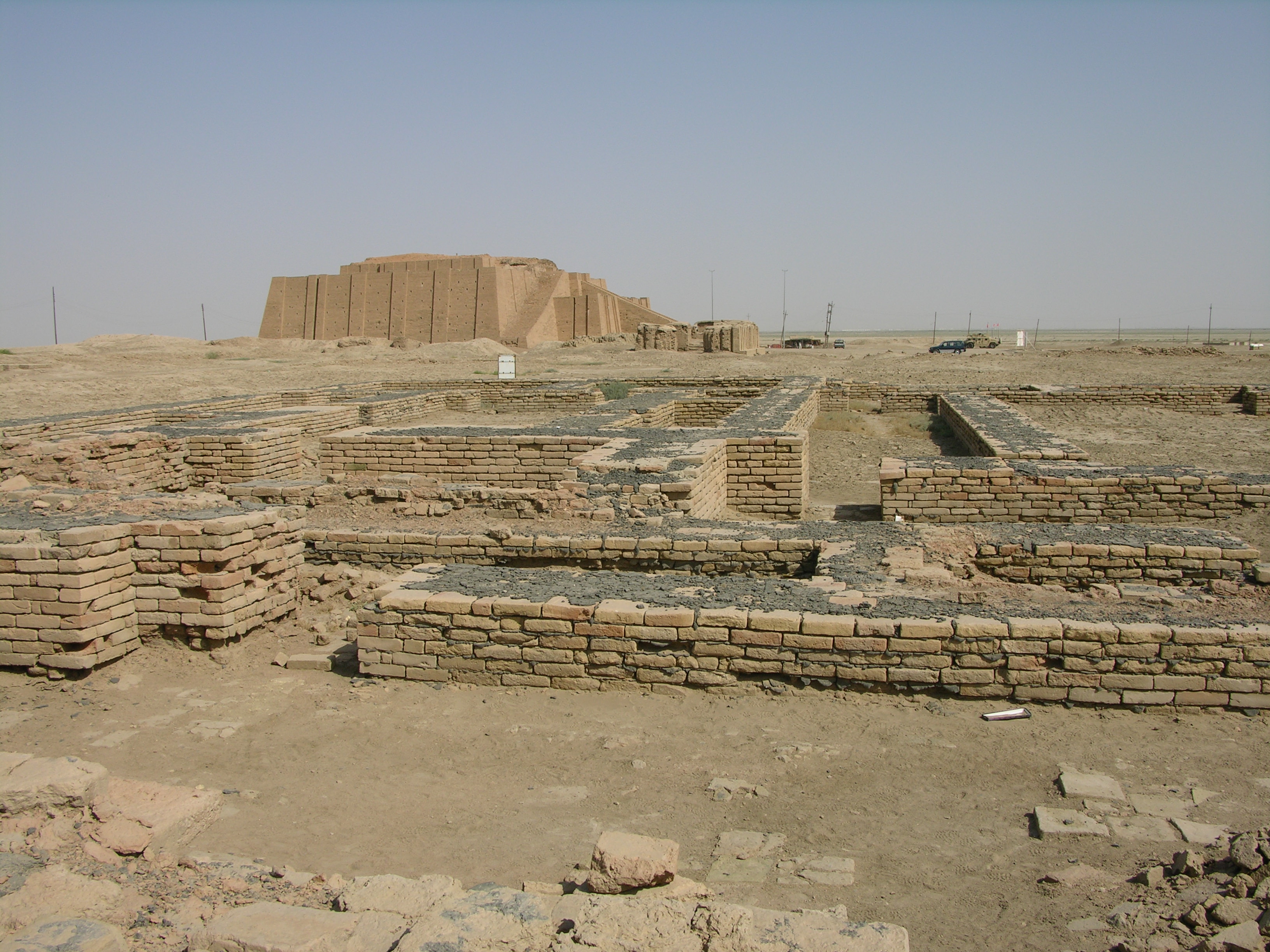
7. **A Flourishing ‘Kingdom of the Sands’**Amidst the formidable expanses of the Sahara, the Garamantes cultivated a society that, for centuries, represented a remarkable ‘paradise’. Endowed with a hidden, abundant water supply and fortified by the surrounding desert as a natural shield, the free residents of this empire enjoyed an exceptionally high standard of living. This unique prosperity fostered a complex society of farmers, cattle herders, ingenious engineers, and astute merchants, all thriving in a land devoid of continuously flowing rivers or regular monsoon rains.
Their success stemmed from a foundational understanding of their environment, transforming barren valleys into fertile agricultural lands through their sophisticated water systems. This fueled robust internal economies and crucial trans-Saharan trade, making them an indispensable link in ancient commerce. Such economic vitality and relative security enabled significant cultural development, defining their desert civilization.
Archaeological discoveries vividly portray this flourishing life, revealing well-planned urban centers like Garama, housing thousands, and extensive agricultural infrastructure. These findings correct earlier misconceptions, showcasing a highly advanced civilization with profound organizational capacity and unparalleled mastery of desert survival. The ‘Kingdom of the Sands’ truly exemplifies human resilience.
Read more about: Beyond Swords and Sorcery: 15 Medieval Movie Blunders That Hollywood Keeps Getting Wrong About Knights, Castles, and Culture
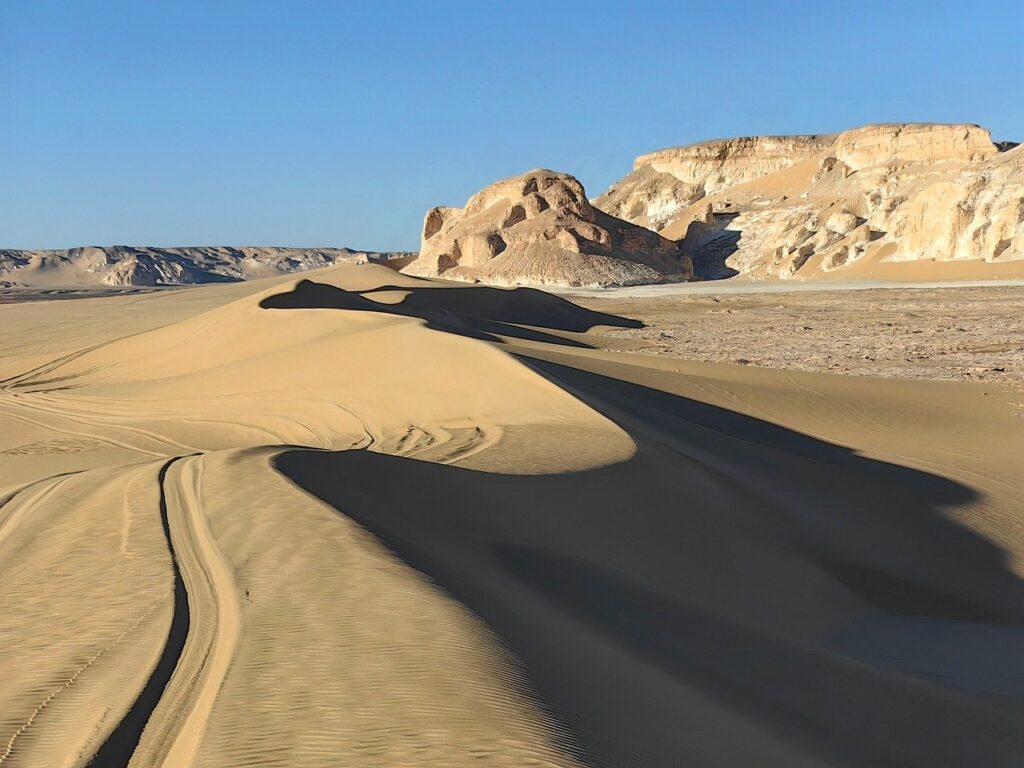
8. **Challenging Ancient Perceptions: Beyond Desert Barbarians**For centuries, ancient historians, particularly Romans, misjudged the Garamantes, often dismissing them as “desert barbarians.” Their accomplishments were overlooked or “erroneously attributed” to Roman influence, creating a biased view of their capabilities as a “small, unsophisticated group.”
Modern archaeology, starting in the 1960s, initiated a profound re-evaluation of the Garamantian legacy. Excavations of Garama, their capital, began to reveal the civilization’s scale and complexity, correcting the long-held narrative that the Sahara could support little more.
Subsequent research confirmed their empire was far from “small and simple.” It spanned “more than 180,000 square kilometers (70,000 square miles).” Garama itself, home to “4,000-some people,” represented a significant urban center, proving their ability to sustain large populations in a seemingly hostile environment.
9. **The Inevitable Decline: Groundwater Levels Drop**Despite their initial “environmental luck,” the Garamantes ultimately faced the finite nature of their water source. Professor Frank Schwartz confirmed “their qanats shouldn’t have actually worked” long-term; unlike Persian qanats, there was “zero recharge” in the hyper-arid Sahara.
They relied on ancient, non-renewable water from the Sahara’s wetter past. Every extraction slowly depleted the aquifer. Inevitably, this unsustainable usage led to groundwater levels dropping “below the foggara tunnels.”
This marked the catastrophic failure of their primary water supply. The ingenious system, sustaining them for a millennium, could no longer deliver water by gravity. With 750 kilometers of tunnels rendered useless, the Garamantes’ “luck ran out,” pushing their society towards decline.
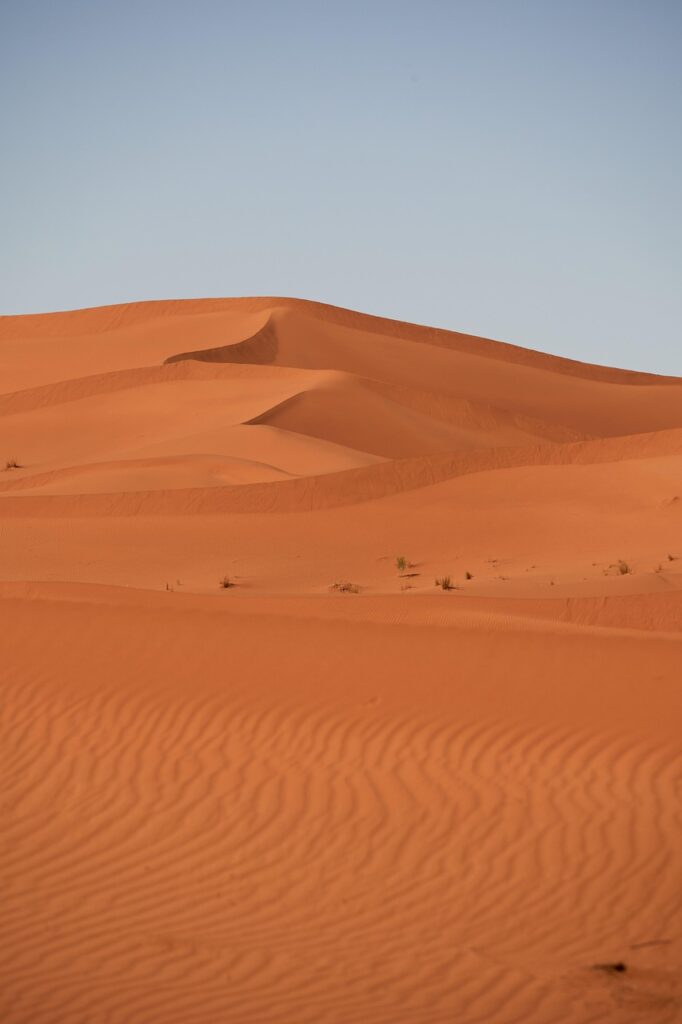
10. **The Societal Impact of Scarcity: Food, Labor, and Abandonment**The foggara system’s failure rapidly plunged the Garamantian Empire into crisis. Depleted groundwater meant agricultural lands withered, causing severe food and water shortages. This collapse directly impacted their urban populations and cattle, eroding their high standard of living.
Maintaining the colossal qanat system, reliant on slave labor, became untenable. As resources dwindled, acquiring or controlling such a workforce diminished, making further tunnel efforts impractical. “Trading for slaves or acquiring them through warfare would have become ever more difficult.”
Faced with failing agriculture and labor, Garamantian society inevitably declined. Their vibrant towns, unable to sustain inhabitants, were “abandoned around 1,600 years ago.” This exodus underscores that even resilient civilizations depend profoundly on environmental resource balance.

11. **A Cautionary Tale: Unsustainable Groundwater Use Today**The Garamantian Empire’s collapse from groundwater exhaustion resonates urgently today. Their story is “a warning for us today,” illustrating timeless resource management challenges despite technological advancements. Modern societies, mirroring the Garamantes, are depleting groundwater unsustainably.
Professor Frank Schwartz draws parallels to critical modern issues like California’s “San Joaquin Valley.” Here, “people are using the groundwater up at a faster rate than it’s being replenished,” exposing a global vulnerability as aquifers prove finite, much like the Garamantes’ subterranean sea.
California’s own history—a “great wet winter” following “20 years of drought”—highlights annual recharge fragility. Schwartz cautions that “if the propensity for drier years continues, California will ultimately run into the same problem as the Garamantians,” pushing advanced societies towards ecological crisis.

12. **Learning from the Past: Protecting Our Precious Resources**The comprehensive study of the Garamantian Empire offers invaluable lessons for humanity’s current trajectory, especially regarding our stewardship of vital natural resources. Professor Schwartz identifies two “concerning” global trends: increasing “extreme environments” and rising “unsustainable” groundwater usage. These factors demand a fundamental re-evaluation of our management strategies.
The Garamantes’ story powerfully shows “societies rise and fall at the pleasure of the physical system.” It reminds us that prosperity, while aided by ingenuity, is bounded by nature’s limits. Their collapse serves as a poignant reminder of balancing human aspiration with environmental capacity before boundaries are irrevocably crossed.
Schwartz emphasizes the immense cost and impracticality of replacing depleted groundwater. Just as Garamantes couldn’t chase receding water, modern societies find “it can be expensive and ultimately impractical to replace” drained aquifers. Sustainable management is thus an economic and societal imperative for long-term survival, beyond mere environmental ideals.
The story of the Garamantes is not merely a fascinating historical footnote from a distant past; it is a profound echo reverberating through our present, a compelling narrative woven into the very fabric of human resilience and vulnerability. As we navigate the complexities of climate change and increasing demands on our planet’s finite resources, this ancient desert empire stands as a monumental cautionary tale. It challenges us to reflect on our own consumption patterns, our relationship with the environment, and the legacy we are shaping for future generations. The Garamantes discovered a way to unlock a hidden bounty, transforming a desert into a thriving realm, but their ultimate fate reminds us that true progress lies not in endless exploitation, but in wise stewardship. The sands may have claimed their cities, but their silent lesson endures, urging us to secure a sustainable future, ensuring that our own stories do not end with a similar, cautionary whisper into the wind.

